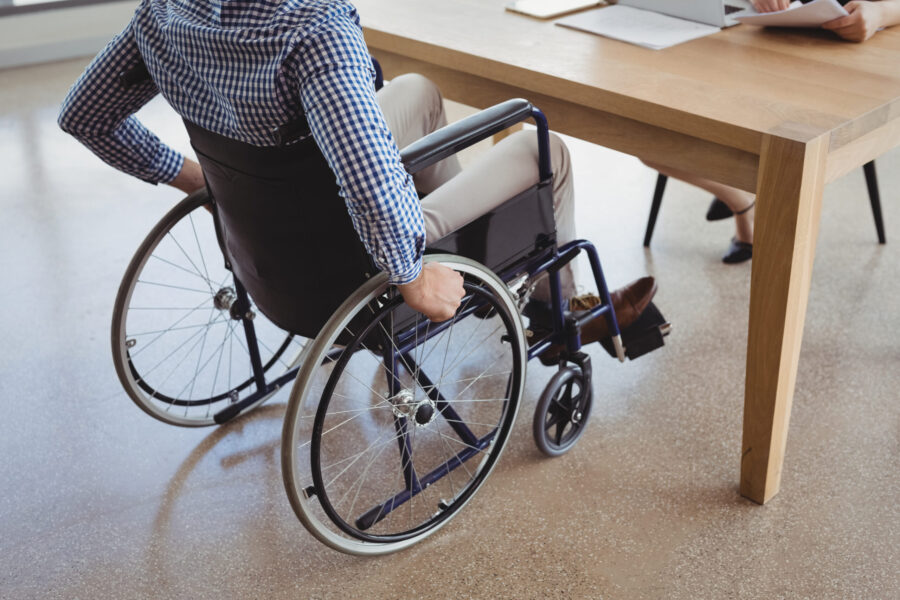Adapting

Two essential survival skills every caregiver learns are flexibility and quick adaptation. Early in their caregiving journey, caregivers learn that life can change in the “blink of an eye,” requiring immediate adjustments. Knowing how to set priorities and reorganize affected space efficiently to best use it saves time, money, energy, and stress. Clearing out space is one of the advantages of adapting, but there is also a downside.
At first, many caregivers want to hang on to mementos, saving pictures, scrapbook images, and more for later viewing. However, it doesn’t take long for most caregivers to realize that clutter creates work, increases the risk of infection, and can cause accidents. Though many options exist for what to do with all the materials, the logical thing to do is trash or sell items no longer needed.
“Easier said than done,” you think. The emotional attachment makes letting go very difficult. As items fly out the window, memories and dreams seem to fly out, too. Feelings of lost dreams and unaccomplished goals weigh heavy on your spirit. Adapting provides suggestions on how to cope with these emotions and the need to move on with necessary changes.

Physical/Emotional Impact
Physical and emotional adjustments occur when a caregiver takes on the responsibility of caring for the health and well-being of another person for an extended period of time.

Changes at Home
Caregiving affects more than just the caregiver; it affects everyone in the family, the home, the budget, and everything related to the home.

Impact Everywhere Else
In addition to the impact caregiving has in the home, the impact of taking on the responsibility for another life flows over into a caregiver's social life, church activities, external relationships, work obligations, and everything that the caregiver or patient touches.
